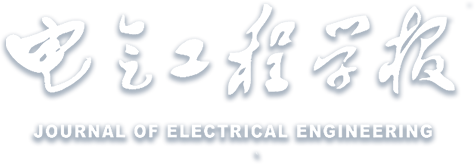Abstract:
With the large-scale growth of wind power and the gradual increase in wind power penetration, the characteristics of power systems are made increasingly complex, and traditional grid-following wind power generation is no longer able to meet the needs of grid stability. Grid-forming control in wind turbines is recognized as one of the key core technologies for improving the stability and active support capability of the new power system. Firstly, the common grid-forming control strategies of existing doubly-fed wind turbines and permanent magnet direct-drive wind turbines are introduced, and the operational characteristics of various control strategies are compared and analyzed. Then, the research status of existing stability enhancement methods for grid-forming control in doubly-fed and permanent magnet direct-drive wind turbines is summarized, including methods for frequency stability improvement, voltage stability improvement, low-frequency oscillation stability improvement, and converter control system stability improvement. The problems and characteristics of existing stability enhancement methods for grid-forming control in wind turbines are systematically reviewed. Finally, in view of the key challenges faced by stability enhancement in grid-forming wind turbines, future research directions for stability analysis and control of grid-forming wind turbines are discussed, providing a reference for advancing the development of grid-forming control technology.


 下载:
下载: